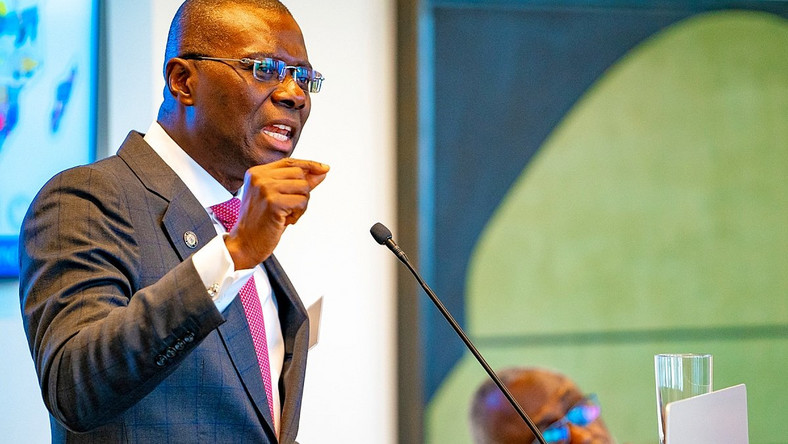LASG, U.S gov’t collaborate to treat 60,000 HIV patients
Gov. Babajide Sanwo-Olu
The Lagos State Government says it is collaborating with the U.S. Government on the treatment of additional 60,000 People Living with HIV (PLHIV) in the state.
Lagos State Governor, Babajide Sanwo-Olu, said this on Thursday, when the United States of America Consul General, Ms Claire Pierangelo and Nigeria Country Director of United States Center for Disease Control and Prevention, Dr Mahesh Swaminathan, paid him a visit at Lagos House, Ikeja.
Sanwo-Olu said that there was the need for the collaboration in order to ensure that treatment got to the PLHIV quicker and faster.
“We need this engagement. So it is for us to gather ourselves and be able to actualise those deliverables, such that at the end of the day, our people that are the real target of all of the interventions get them quicker and faster. So access is a lot more robust and at the end of the day it turns to a win-win situation,” he said.
According to him, there is the need for commitment on the project, so that the intervention will be beneficiary at the end of the day.
”With commitment on behalf of our government, we will do anything that we need to do to ensure that the partnership continues to happen, we will commit to it, we will give to it all the support that is required,” he said.
Sanwo-Olu said that there was the need to create an ecosystem where sustainability became a watchword.
He said that the government would put all of the indices to ensure that Lagos was not only safe and secured, but that the state had all of the capabilities to respond to issues when they occur.
Earlier, the U.S. Consul-General, Claire Pierangelo, said that the U.S. Government would support treatment of additional 60,000 PLHIV in Lagos State.
Pierangelo said that the US President’s Emergency Plan for AIDS Relief (PEPFAR) administered by the US. Centers for Disease Control (CDC), US. Department of Defense, and U.S. Agency for International Development (USAID) were implementing an Anti-Retroviral Treatment (ART) surge programme in Lagos State.
She said that they would identify and provide treatment to approximately 60,000 PLHIV who had not previously received such treatment.
According to her, Lagos State remains significant in the trajectory of HIV/AIDS epidemic control in Nigeria.
”The state remains an important area of focus for the delivery of HIV/AIDS services in the country, because of its population, geographic location, diversity and status as a major gateway to the rest of the Nigeria,” she said.
The Consul-General said that the US. Government had increased its budget to $75 million for HIV control activities in Nigeria, with an additional focus for ART surge activities in Lagos State.
She said the increased funding to make antiretroviral available would enable more people living with HIV to lead healthy, productive lives, until the day a cure for the virus was found.
The Consul-General said that disbursement of the additional PEPFAR HIV funds is contingent upon Nigerian federal and state governments reducing or eliminating financial barriers to PLHIV accessing services, in particular fees charged by healthcare facilities for non-essential services or those already provided by PEPFAR.
Pierangelo commended Sanwo-Olu for cooperating with the US government in order to move the state towards achieving control of the HIV epidemic.
She urged the governor to remove all barriers hindering people living with HIV from accessing free services offered by the USG through the PEPFAR programme.
The Consul-General said user-fees was a major barrier for people living with HIV to access treatment and urged the elimination of such fees.
“The United States remains committed to supporting Nigeria as it works to reduce and ultimately eliminate the scourge of HIV/AIDS among its people,” Pierangelo said.
The US. Government recently announced support to Akwa Ibom, Rivers and Enugu States for the launch of an ART Surge, a programme designed to put additional 500,000 people living with HIV on treatment.
The 500,000 people being placed on treatment are in addition to the more than 700,000 people already on treatment as part of the overall PEPFAR intervention.







